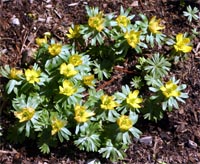 Winter aconite (Eranthis hyemalis) is one of the earliest bulbs to bloom in spring. This plant in the buttercup family (Ranunculaceae), native to Asia Minor and Europe, has small flowers that resemble tiny buttercups. The solitary, yellow cup-shaped flowers are surrounded by bright green bracts that look like a collar around the blossom. There are six petals in each flower and numerous stamens and pistils in the center. This small tuberous perennial is hardy in zones 4-7.
Winter aconite (Eranthis hyemalis) is one of the earliest bulbs to bloom in spring. This plant in the buttercup family (Ranunculaceae), native to Asia Minor and Europe, has small flowers that resemble tiny buttercups. The solitary, yellow cup-shaped flowers are surrounded by bright green bracts that look like a collar around the blossom. There are six petals in each flower and numerous stamens and pistils in the center. This small tuberous perennial is hardy in zones 4-7. 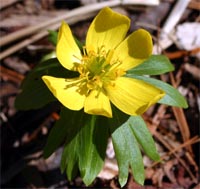 The low-growing plants form rounded clumps about (3-6″) tall and wide. The dark green leaves appear after the flowers fade. Each narrow leaf is divided into several finger-shaped lobes. In summer, the plant goes dormant, with the foliage dying back completely.
The low-growing plants form rounded clumps about (3-6″) tall and wide. The dark green leaves appear after the flowers fade. Each narrow leaf is divided into several finger-shaped lobes. In summer, the plant goes dormant, with the foliage dying back completely. 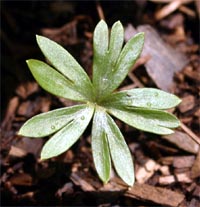 If you have small children or pets that are likely to dig in the garden you may not want winter aconite in your yard as the entire plant, but especially the tuber, is quite poisonous and may cause nausea, vomiting, colic attacks and visual disturbances.
If you have small children or pets that are likely to dig in the garden you may not want winter aconite in your yard as the entire plant, but especially the tuber, is quite poisonous and may cause nausea, vomiting, colic attacks and visual disturbances. 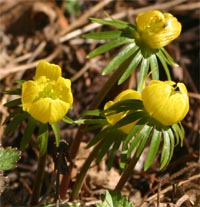 This ground-hugging plant works well in rock gardens, flower beds and woodland gardens. The flowers first appear in the sunniest spots, just before the first snowdrops (Galanthus nivalis) begin to bloom. They can look charming together planted in the border or naturalized in the lawn. Winter aconite is good for naturalizing under trees and large shrubs. They combine nicely with hellebores and echo the flower color of forsythia and witch hazel (Hamamelis). Because of their small size, they are best planted in groups.
This ground-hugging plant works well in rock gardens, flower beds and woodland gardens. The flowers first appear in the sunniest spots, just before the first snowdrops (Galanthus nivalis) begin to bloom. They can look charming together planted in the border or naturalized in the lawn. Winter aconite is good for naturalizing under trees and large shrubs. They combine nicely with hellebores and echo the flower color of forsythia and witch hazel (Hamamelis). Because of their small size, they are best planted in groups. 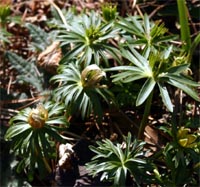 Plant purchased “bulbs” in the fall. If the tubers are shriveled, place them in moist sand or peat moss for a few days to rehydrate. Place about 1-3″ apart and 2-3″ deep (shallower in heavier soils). The plants prefer humus-rich, well-drained but not dry soil. Plants from bulbs tend to be slow to establish large colonies. When growing in conditions it likes, winter aconite reproduces easily and spreads readily to form large colonies – almost to the point of being invasive. Lift clumps while still green to keep under control, if desired, or when overcrowded. To propagate, divide the clumps after flowering or collect seeds to sow in the fall. – Susan Mahr, University of Wisconsin – Madison
Plant purchased “bulbs” in the fall. If the tubers are shriveled, place them in moist sand or peat moss for a few days to rehydrate. Place about 1-3″ apart and 2-3″ deep (shallower in heavier soils). The plants prefer humus-rich, well-drained but not dry soil. Plants from bulbs tend to be slow to establish large colonies. When growing in conditions it likes, winter aconite reproduces easily and spreads readily to form large colonies – almost to the point of being invasive. Lift clumps while still green to keep under control, if desired, or when overcrowded. To propagate, divide the clumps after flowering or collect seeds to sow in the fall. – Susan Mahr, University of Wisconsin – Madison
Winter aconite (Eranthis hyemalis) is a beautiful yellow flower that blooms in late winter, often poking through snow. Its cheery blossoms provide a welcome sign that spring is on the way. However, this innocent-looking plant hides a dark secret – it is extremely poisonous. But is winter aconite poisonous to touch?
An Overview of Winter Aconite
Let’s start with some background on this plant Winter aconite is a low-growing perennial that sprouts in late winter. It has cup-shaped yellow flowers surrounded by ruffly green bracts After blooming, it produces green, beaked seed pods.
Winter aconite is native to Europe and Asia, It grows wild in woodlands and meadows The plant was introduced to North America as an ornamental garden plant It naturalizes easily and spreads readily by seed,
All parts of winter aconite contain poisonous alkaloids. Eating any part of the plant can cause burning sensations in the mouth, vomiting, diarrhea, visual disturbances, irregular heartbeat, and even death.
Is Winter Aconite Poisonous to Touch?
So is winter aconite poisonous to touch? The simple answer is no.
Winter aconite is not absorbed through the skin. The alkaloids that make the plant toxic must be ingested to cause poisoning. Simply touching the leaves, stems, flowers or seeds will not make you sick.
However, there are a few precautions to take when handling winter aconite:
-
Avoid getting plant sap in your eyes or mouth, The poison can be absorbed through the mucous membranes
-
Wash your hands thoroughly after handling winter aconite, especially before eating.
-
Wear gloves when working with large quantities of the plant. This provides an extra layer of protection.
-
Supervise small children and pets around winter aconite to prevent accidental ingestion.
Signs of Winter Aconite Poisoning
While casual contact is not dangerous, ingesting any part of winter aconite can be fatal. It’s important to recognize the signs of poisoning.
Symptoms generally start 30 minutes to 2 hours after eating winter aconite. They include:
- Burning or numbness of the mouth, lips, and throat
- Excessive drooling
- Nausea and repeated vomiting
- Severe diarrhea
- Dilated pupils
- Blurred vision
- Dizziness
- Low blood pressure
- Irregular or slowed heartbeat
- Breathing difficulty
- Muscle weakness and tremors
- Seizures
- Loss of consciousness
In severe cases, cardiac arrest and death can occur. Seek emergency medical treatment if winter aconite poisoning is suspected. Bring along any remaining plant parts to help identify the toxin.
Why is Winter Aconite Toxic?
Winter aconite contains highly poisonous compounds called cardiac glycosides. These naturally occurring chemicals are found in many plants, including foxglove and lily of the valley.
Cardiac glycosides work by disrupting the normal electrical signaling between heart cells. This causes the heart to beat irregularly or even stop. The alkaloids also act on the gastrointestinal tract, causing vomiting and diarrhea.
All species of aconite contain these dangerous compounds. In fact, the name “aconite” comes from the Greek word akoniton meaning “dart poison”.
So why does this toxic plant produce such pretty, enticing flowers? The prevailing theory is that the bright colors attract pollinators like bees, which helps the plant reproduce. The toxins may also discourage animals from eating the plant.
Growing Winter Aconite Safely
While extremely poisonous, winter aconite can be grown safely with some common sense precautions:
-
Plant it away from areas where children play and pets roam. A location like under a deck or ornamental tree works well.
-
Label winter aconite with a warning sign about its toxicity.
-
Wear gloves when handling the plant and wash up afterwards.
-
Supervise small kids when the flowers are in bloom. Teach them to appreciate but not touch.
-
Dispose of all plant parts in household trash after flowering. Composting may allow seeds to spread.
-
Be aware that winter aconite self-seeds readily. Remove unwanted sprouts.
If planted responsibly, the vibrant winter cheer of winter aconite can be enjoyed without risk. Just take precautions and never let any part of this highly toxic plant near your mouth.
Alternative Non-Toxic Winter Flowers
If you decide that winter aconite sounds too risky for your yard, there are many safer options to provide winter color. Here are a few non-poisonous alternatives:
-
Crocus – These early blooming bulbs come in vivid colors like purple, yellow, and white. They are easy to grow and completely non-toxic.
-
Snowdrops – Sweet little white blooms on short stalks. Snowdrops naturalize nicely to provide a sea of white.
-
Winter hazel – Grown for its fuzzy yellow catkins that appear in late winter before the leaves emerge.
-
Witch hazel – Feathery spider-like yellow or reddish flowers adorn bare branches in winter.
-
Heath – Evergreen shrubs that produce buds and blooms during the winter months.
-
Winter honeysuckle – An excellent substitute for winter aconite with similar bright yellow flowers. But completely safe for kids and pets.

Ask Your Gardening Question
If you’re unable to find the information you need, please submit your gardening question here:
Latest from Wisconsin Yard & Garden
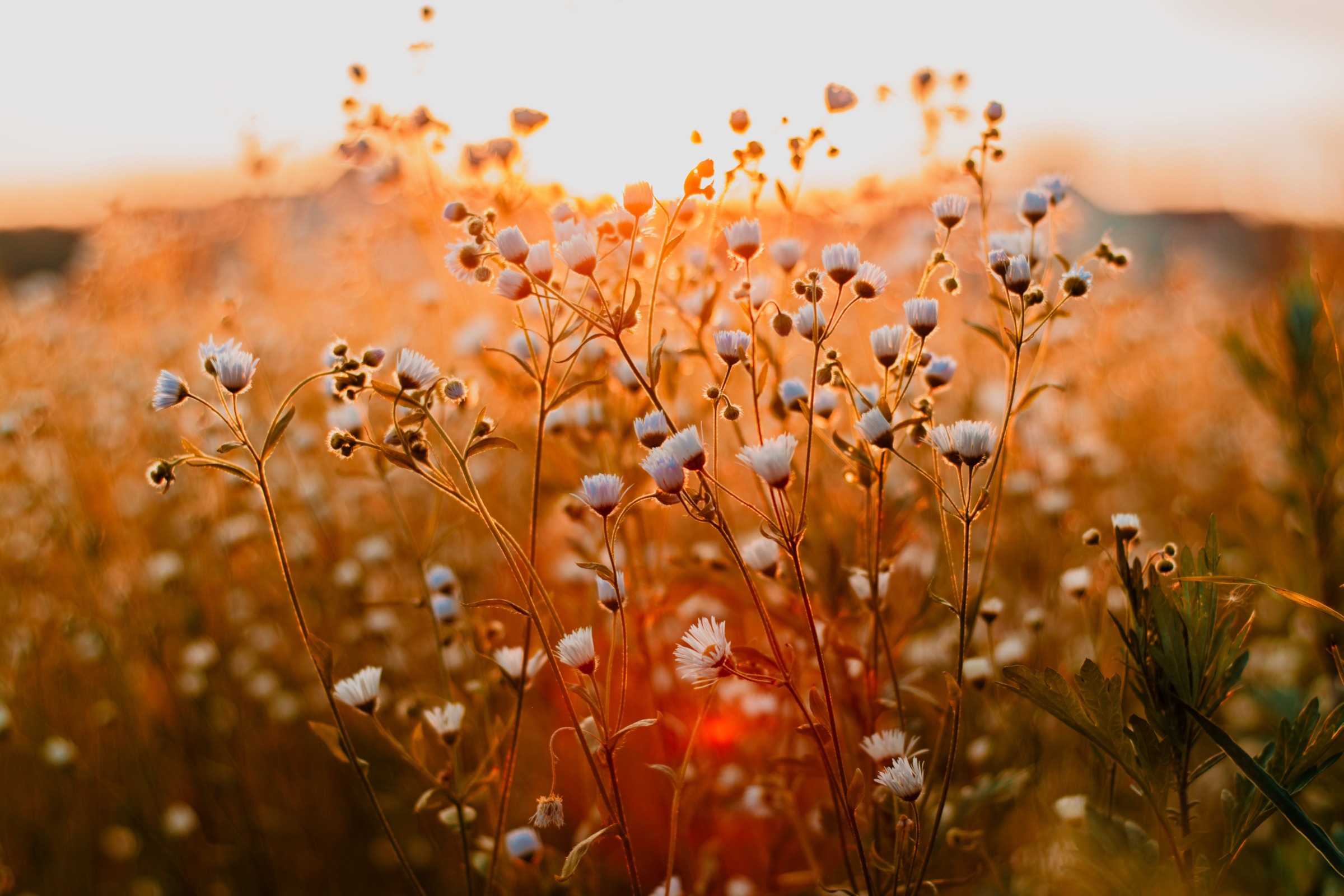
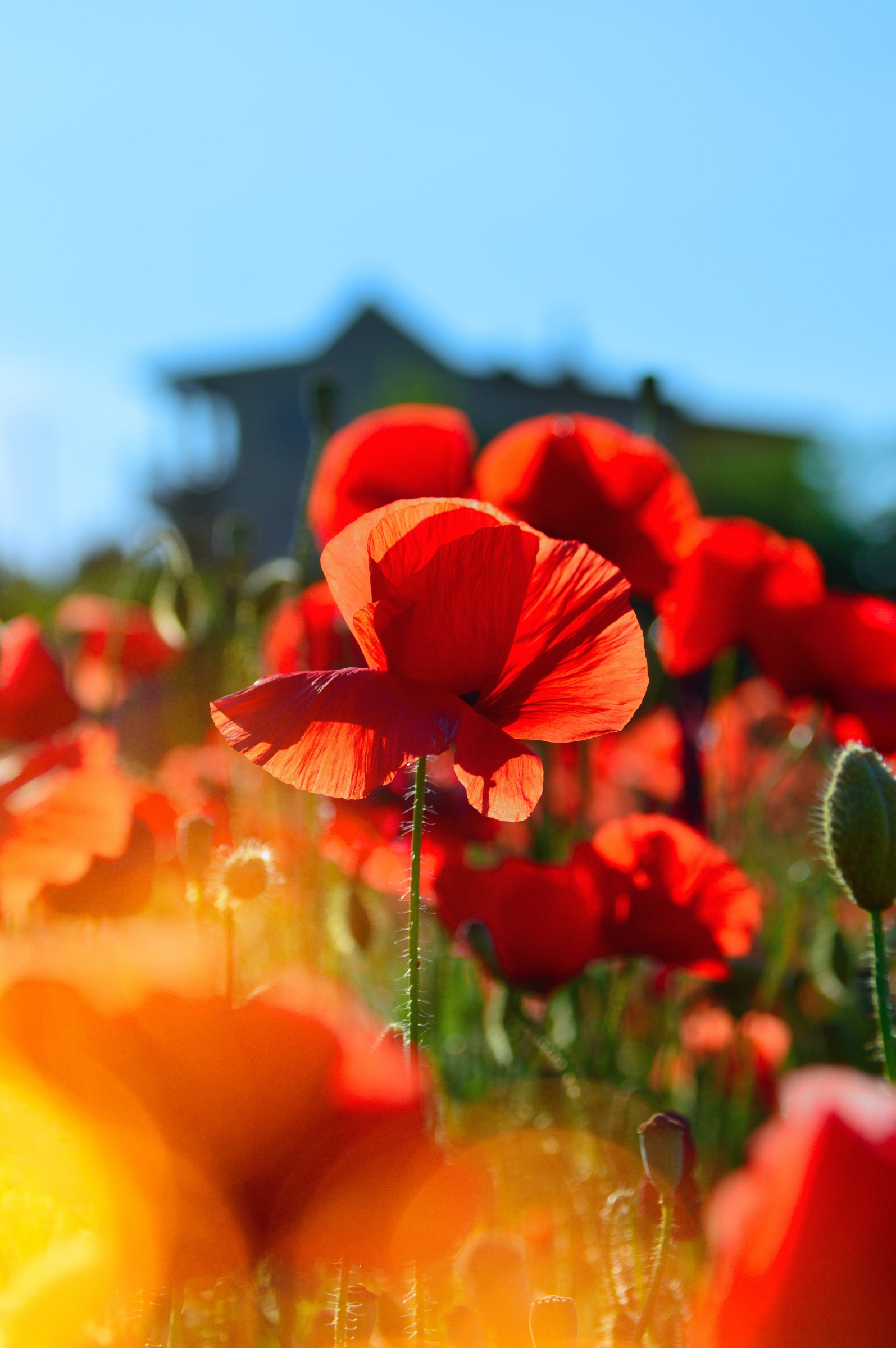
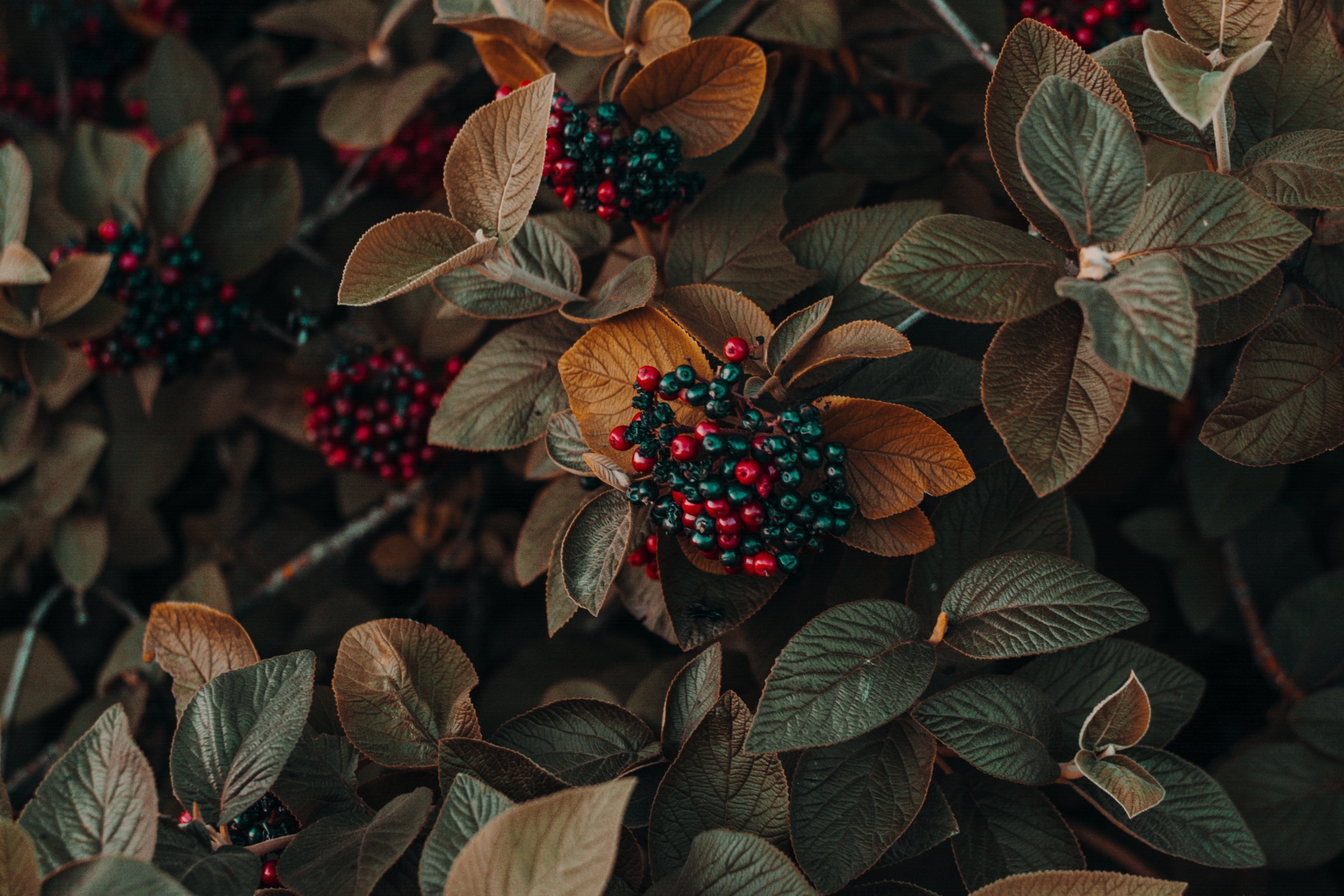
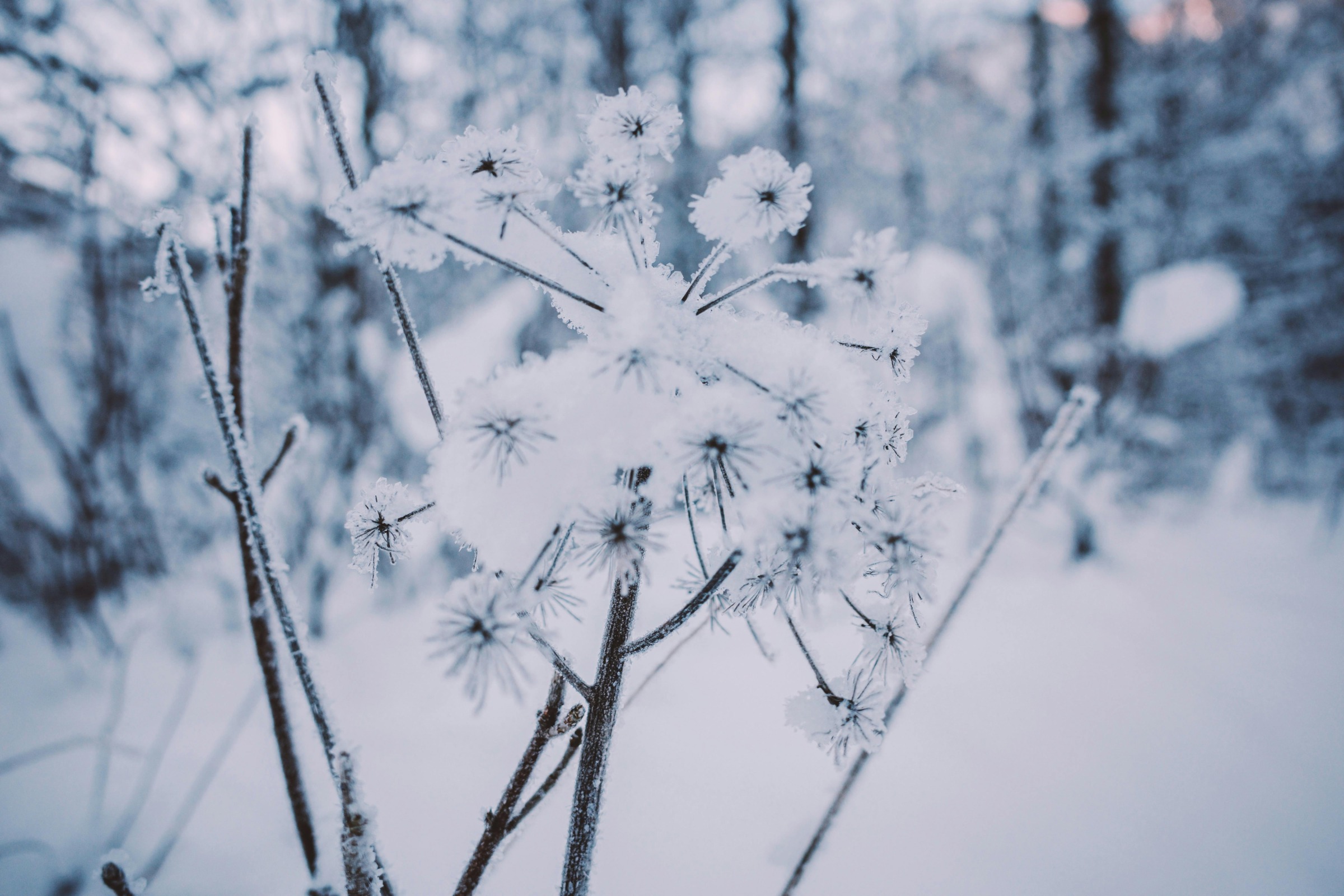
Dr Joe Schwarcz talks about the poison aconite
0
